10 Key Moments from Geek Culture
From the founding fathers in the 18th century to Star Wars and Rick & Morty, understand how this tribe of brilliant and unusual people have reached the pinnacle of pop culture
Nerd, geek, otaku, dork, poindexter. None of these terms existed a hundred years ago. However, individuals who share these characteristics–high IQ, bad social skills, acute obsessions with particular topics, an affinity for math or science–have lived among us since long before their creation.
The biographer and writer Tom Schachtman, in Gentlemen Scientists and Revolutionaries: The Founding Fathers in the Age of Enlightenment, gathers data that illustrate how some of the so-called 'founding fathers' in the United States in the 18th century, such as Benjamin Franklin, Thomas Jefferson and John Adams, were geeks of the technological world, polymaths obsessed with research and inventions who had little time for things like family or "normal" friends.
Today, nerds come in all shapes and sizes, from the classic computer geek to the anime obsessed otaku, and the school nerd boffin. While they were ridiculed when they were younger, many are now leaders of industry, superstars, and billionaires associated with entrepreneurship, discipline, and professional success.
This Geek Pride Day, a celebration that began in Spain and has now spread across the world, we look at ten key moments in geek culture, from its prehistory in the 18th century to today.
1. The Founding Fathers
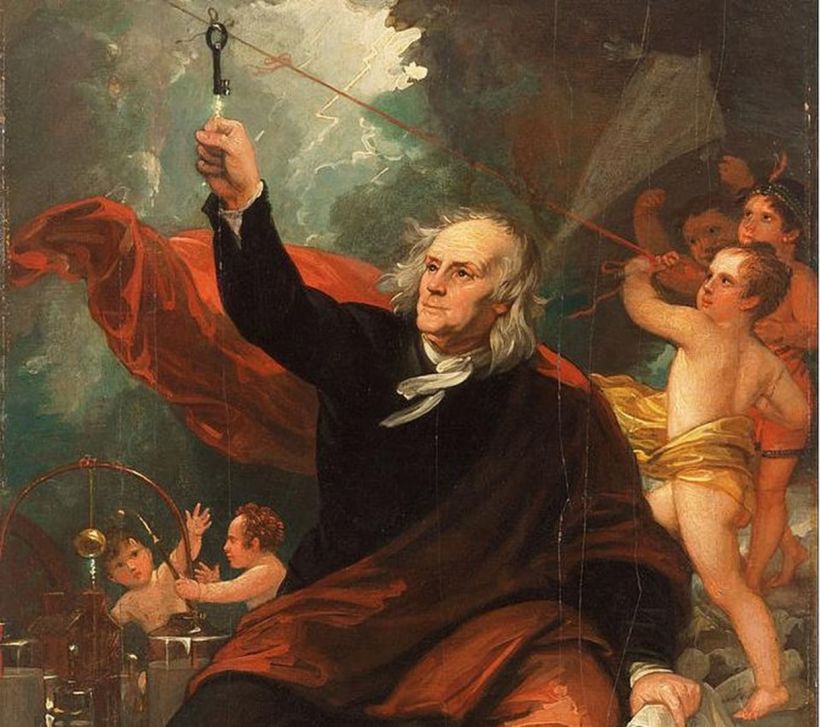
The Encyclopedia Britannica tells us that Benjamin Franklin was extremely shy. Many biographers have argued that he also lacked any talent for the arts of love. He did not interact often with his peers and avoided quadrille salons–a popular card game from the eighteenth century–but he could be found for days on end in his laboratory.
His experiments were varied, related to electricity (he is credited with the invention of the lightning rod), optics (he contributed to the invention of the bifocal lens) and music (he created the crystal harmonica, a kind of vibrating idiophone instrument), and many other disciplines.
Like other intellectuals and polymaths of his time, such as the aforementioned Jefferson and Adams, he had the supreme good fortune to live in an environment steeped in the Calvinist work ethic, when religion and science had not yet been divorced. If many geeks today worship the gods of Harry Potter or Star Wars, those of the 18th century were faithful followers of the classical Christian God.
2. William Stanley Jevons
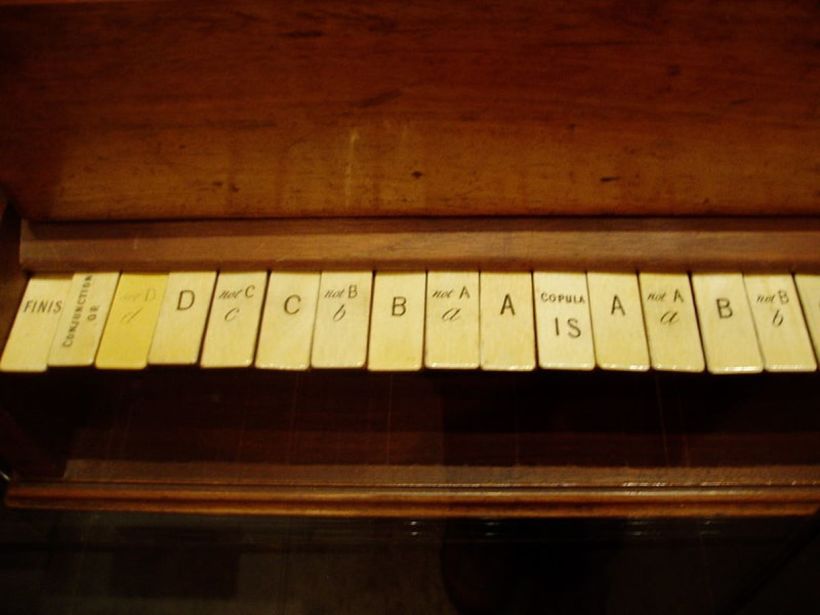
A well-known economist, this 19th century Briton was a co-inventor of the theory of marginal utility: a vital economic theory that established utility criteria for pricing products. He was also a pioneer of the use of mathematical thinking and differential calculus in economics.
His personal life is somewhat murky, but biographers such as Bert Mosselmans, in the Stanford Encyclopedia of Philosophy, describe him as a deeply self-absorbed and antisocial guy, punished by recurrent episodes of depression.
The strange machine he created, the logic piano, secured him a place of honor in geek prehistory. Made of wood and keys similar to those of a conventional piano, the contraption was a proto-computer that allowed logical results to be inferred from the insertion of certain alphanumeric parameters. It was material proof that logical thought could be captured by a machine. A major contribution to another outstanding invention in the geek world, created by our next character.
3. Alan Turing

If Steve Jobs (Apple), Bill Gates (Microsoft), Mark Zuckerberg (Facebook), Sergey Brin and Larry Page (Google) are cool, Alan Turing is the coolest. This British mathematician, logician, proto-computer scientist, philosopher and biology theorist was the celebrated decoder of the enigma machine used by Nazi Germany to transmit encrypted messages during World War II.
As if that were not enough, Turing invented, in 1945, at the National Physics Laboratory in England, the so-called Automatic Computer Engine, considered the embryo of contemporary computers. The machine was capable of performing calculations at a speed never before achieved, printing the results on cards. It is understandable why this gentleman is commonly referred to as the Father of Computing.
None of that, however, brought him honor and glory in life. Homosexual, Turing was persecuted by the British government, tried for "indecent acts" based on 19th century Victorian laws, and condemned to chemical castration. He died of strychnine poisoning a few days before his 42nd birthday in 1954, in an episode that most biographers attributed to suicide.
4. From nuts to nerds: the first records of a key term
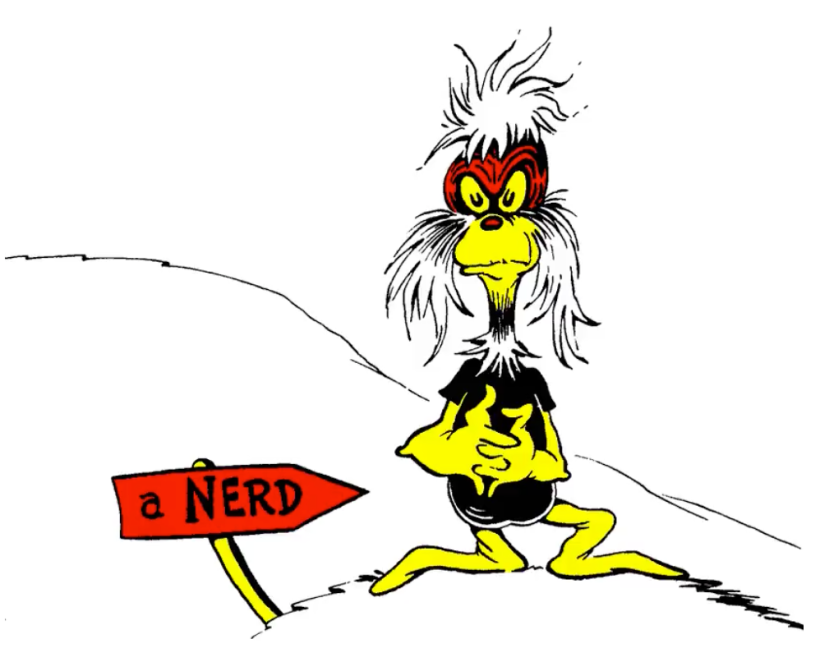
The first recorded use of the word nerd was in 1950, in the book "If I Ran the Zoo", written by Dr. Seuss, the famous mid-20th century children's author who created the Grinch, among many other lovable characters.
In the story, a super-intelligent boy visits a zoo and works out a plan to take control of the place. The nerd in question was one of the inhabitants of the zoo, a strange being with a disheveled appearance and antisocial habits. The following year, Newsweek magazine used the term to describe boring people, unable to have fun.
One of the most widespread theories is that nerd is a bastardization of nert, an irregular plural used in the 1920s for nut, as in a crazy person. Geek’s roots are somewhat older: it comes from geck, a word of Germanic origin that means fool and is also related to the Dutch word gek, meaning mad or silly.
5. The emergence of the magnetic hard disk

There have been many contributions to computer science throughout history, but it wasn't until the 1950s that computer science took the leap that would allow it to change our lives forever. In 1953, engineers at the IBM lab in San Jose, California, invented the hard disk. Huge computers that required cards–then tapes–to store tiny amounts of data would begin their rapid reduction in size and space, culminating in personal computers in the 1970s.
The first hard disk, the IBM 350, was a monster composed of 50 plates, each measuring 60 centimeters, with a total capacity of 3.75 MB. Throughout that decade, in countries such as France, Canada, England, the Soviet Union and the United States, numerous computer research centers were born, financed by private companies, governments and universities. One of them was the mythical Advanced Projects Research Agency (ARPA), founded in 1958, whose research into cryptographic military communication would lead to what we know today as the Internet.
6. Spider-Man
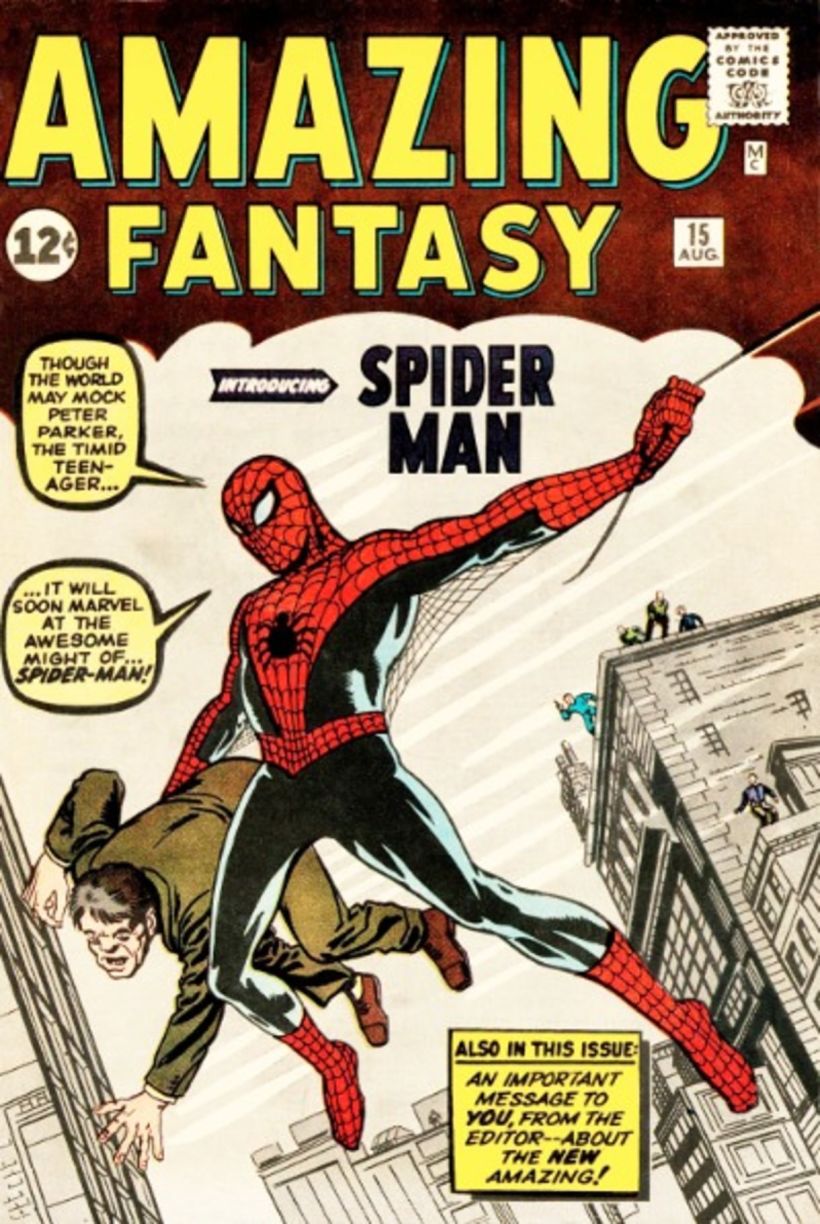
Misunderstood, isolated, and intelligent students who somehow didn't fit American Values were already known as nerds in the 1950s and 1960s. But they lacked an icon, a figure to symbolize them and give them a voice.
In 1962, comic book author and publisher Stan Lee created one: Peter Parker, one of the first superhero alter egos who not only naturally lacked special powers but was also somewhat clumsy and unpopular. Bitten by a radioactive spider, Parker develops incredible skills, such as climbing walls and using a web thrower, which, along with his high intelligence, allow him to fight crime. Finally, geeks could read comic book stories about someone like them.
7. Star Wars
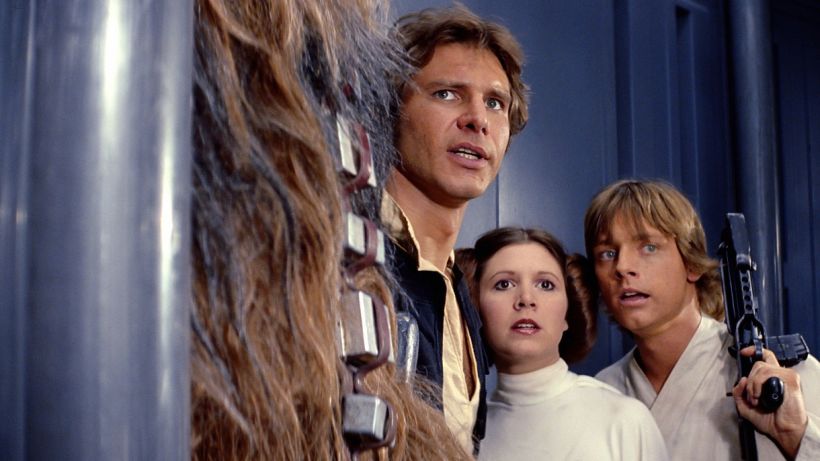
For many, Star Wars truly marked the beginning of contemporary geek culture, at least in the audiovisual world. The fantasy universe created by George Lucas was preceded by many legendary TV series like Lost in Space and Star Trek, both from the 60s. But the philosophical character of the Star War saga, the universal archetypes of good versus evil, its wide range of subplots, and the union of magic and science seduced followers like never before–through fan fiction, discussion groups and events of their own.
The massive marketing campaign for the first instalment, now known as Episode IV: A New Hope, in 1977, quickly turned Star Wars into a global phenomenon, with long lines at the cinemas on the day of its release. To this day, according to the Guinness Book of World Records, it is the most lucrative saga in film history.
8. Tron
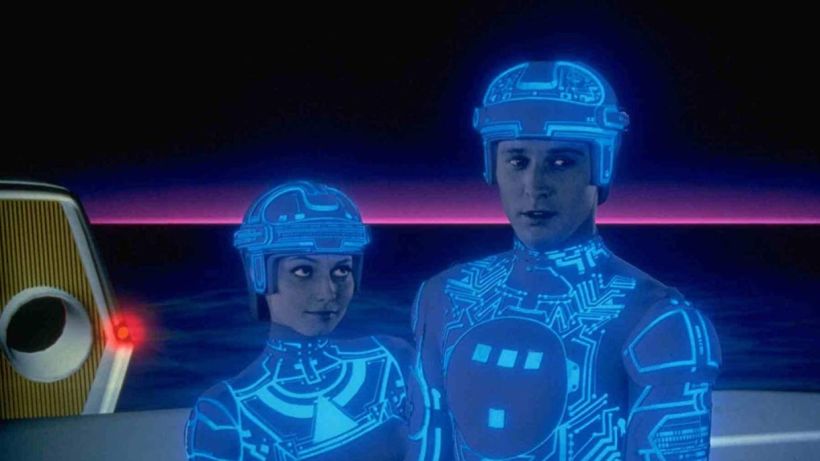
The faithful transposition of a video game universe to the big screen–another passion often attributed to geeks–this fiction film released in 1982 anticipates the networked world plagued by hackers, virtual reality, and parallel existences within intelligent systems (something that would inspire the Matrix trilogy 17 long years later).
The latest version, Tron: The Legacy, sparked a whole new series of comics, parties/events/conventions of its own in 2010 and brought together crowds of followers drawn in by the cutting-edge technology story created by Steven Lisberger and Bonnie MacBird.
9. Futurama and Rick & Morty
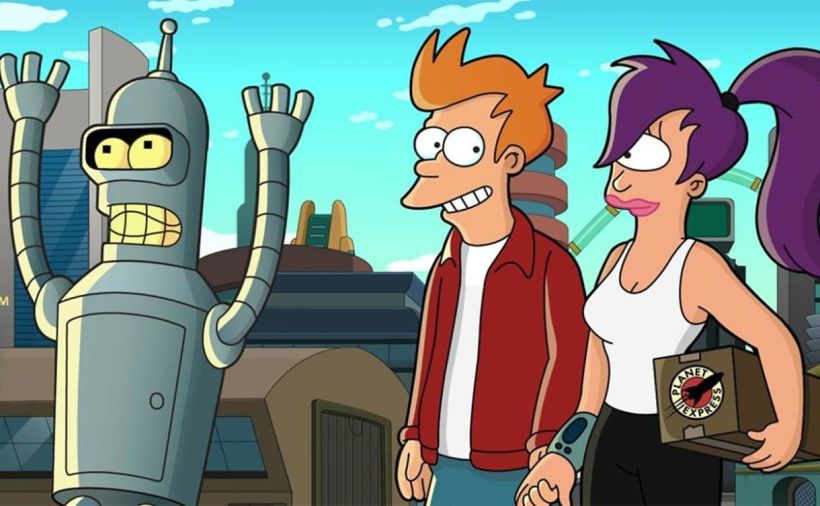
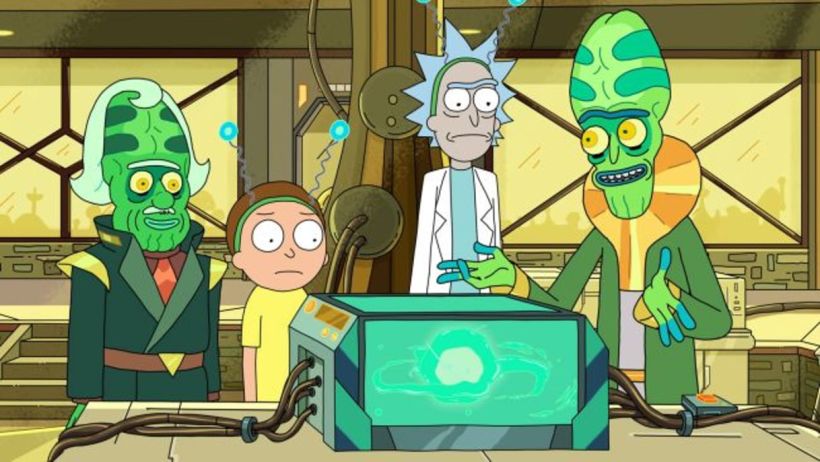
Two cartoons that came out in 1999 and 2013 respectively expanded the possibilities of the mixture of science and fiction. Adults and children can have fun with stories based on human relationships–love, misunderstandings, friends, fights, family, and personal dramas–but whose foundations are laid on pure science.
Rick & Morty plays with everything from the theory of multiple parallel universes to brain memory hackers, shrinking people to exoplanets, nanobots that explore the circulatory system, to organs of the human body, and other things that, in the book The Science of Rick & Morty: The Unofficial Guide to Earth's Stupidest Show, scientists claim exist or could perfectly exist.
In Futurama, one of its self-described nerdy writers, Ken Keeler, a doctor of mathematics, wrote a complex theorem exclusively for one episode (episode 10, season 6).
10. The Big Bang Theory

Last but not least, the series that would epitomise geekiness for the non-geek world and which, nevertheless, many real geeks see as a jumble of offensive clichés, sexist and racist jokes, and little science fiction. Four friends from the California Institute of Technology (Caltech)–Sheldon, Leonard, Raj and Howard–as well as the equally geeky Amy and Bernadette and neighbor Penny, star in adventures with constant references to physics, astronomy, biology and other sciences.
They are maladjusted, intelligent, and unsociable. But, throughout the 12 seasons, many geeks complained about the overly stereotyped representation of the characters, the jokes against the female characters, and the racist comments against Raj, the only minority character in the cast. Unaware of the debate, the general public avidly consumed 279 episodes of the series, which led to a prequel–Young Sheldon–and, according to its creator, Chuck Lorre, may earn more spin-offs and even return to TV.
You may also be interested in:
- Illustration for Comics: Anatomy of a Superhero, a course by Ariel Olivetti
- Introduction to JavaScript Programming, a course by Javier Usobiaga Ferrer
- Female Character Design for Comics, a course by Marcio Takara







0 comments